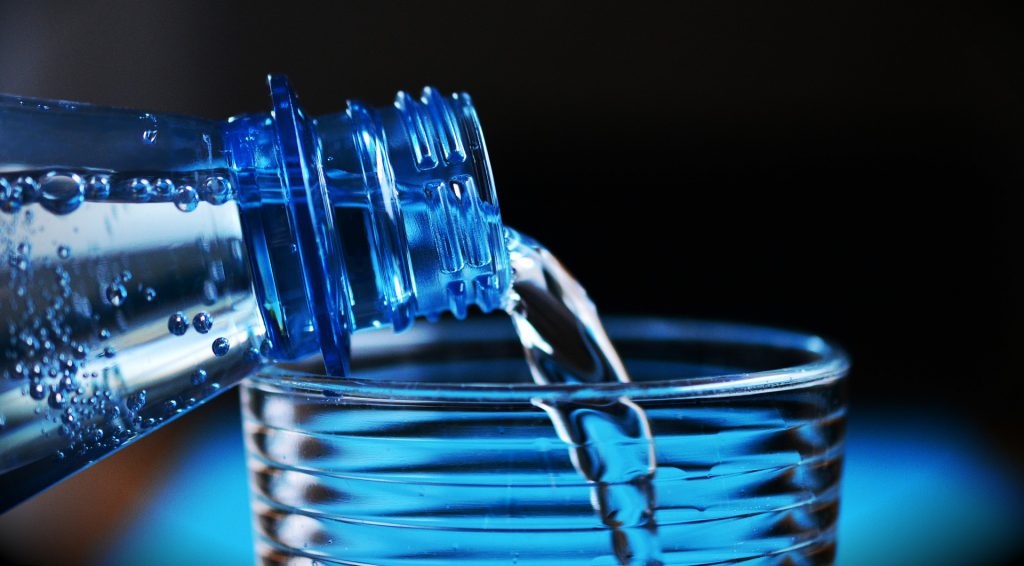When are we really ready to consume the water that comes out of our taps?
The general population would be forgiven for giving little thought to the water they use. Living in Australia, having access to clean drinking water is something that we expect and often take for granted; however, the source, clarification, filtration, and disinfection processes of our water are complex and necessary to ensure that people are comfortable with drinking the water that comes from their taps.
“People often think that we only take care of making water safe to drink, but there is also the issue of perception,” says Matt Wagland, Technical Sales Manager. “Would you be happy to drink water that is safe for consumption but appears murky? Safe drinking water often contains organics and debris that impacts the clarity of the product so we need to complete a filtration step to ensure the water is clear and therefore perceived as safe.”
This issue of perception is one that adds another stage to the water treatment process, a stage that gives us the clear liquid we are used to seeing. “The filtration process, while focused on producing liquid of a high clarity, does also make the disinfection process slightly easier too,” says Wagland.
The necessity of each stage of the process is initially determined by the water’s original source, be it rain water, bore water, or via a river catchment. Bore water is the most common source of water where an aquifer is found underground and testing is completed as different depths to determine the best quality of water. Water via this method can be found in perfect quality and no treatment at all is required prior to drinking. “In the Northern Territory, most rural communities are sourced with water direct from a bore; we simply add chlorine to disinfect possibly contaminants found in the pipe work that delivers the water,” says Wagland.
Once we have the water, the next stage is filtration which, as discussed earlier, is the cleaning of water so we are left with a clear product free of organics, sand, and other murky debris. Wagland describes that this three-step process including pre-dosing, clarification, and filtration:
-
Pre-dosing
Flocculants are added to the water. These cause all the small particles in the water to stick together so they are heavy and will settle to the bottom in the clarifier. It also helps during filtration as all the particles are now larger, making them easier to take out with media (sand).
-
Clarifier
The water is then passed into a large tank and is left in there to settle all the solids to the bottom of the tank. The clear water is left to flow on over the top of a wall and into a settled water well.
-
Filtration
This can either be a media (sand) filter or a membrane filter. Sand filters are the most common and are a very simple process which replicates how nature cleans water. Water is passed through a number of layers of sand starting from big to small sand particles. All the organics in the water such as algae, irons, or small metals get stuck in the sand and can’t pass through leaving only the fresh water. Membrane filtration includes a purpose built system with very small membranes made of either paper or cloth. The water is passed through these membranes at a high pressure and again all the organics are unable pass through. Membrane filtration is used as a disinfection process as well as a filtration process because the membranes are so small that not even small organisms can pass through them.
Following the filtration of water, the disinfection process is set to begin. “While the filtration process produces water that looks clear and even safe to drink, the actual disinfection of the water hasn’t been completed yet. The most important step is ensuring that the water will not make you sick.” As well as membrane filtration, as detailed above, chlorine dosing and UV water treatment are common methods of disinfecting our water.
-
Chlorine dosing
This is the most effective way of disinfecting water. It is added into the water and will kill any organisms present. After it has killed everything, it will remain in the water as a high reactive version of itself called free chlorine. Free chlorine levels are kept in all water supply to ensure that it is ready to kill any bugs that are introduced from the piping systems out to people’s homes.
-
UV treatment
This does the same as chlorine however it is done with a strong light at a set wave length. UV also kills a lot of bugs that are hard for chlorine to kill, so rather than dosing a lot of chlorine into the water supply, a UV is installed and does the majority of the work. Following the UV treatment, only a small amount of free chlorine is required to be added to the water.
So, while many people simply assume that their water goes through a ‘cleaning’ process before it is delivered to their homes, the stages of disinfection and filtration are more complex and unique than imagined. Like any commodity, consumer perception plays a huge part in the delivery of the end product.

